September 25, 2020
The Horror Scores of Ronen Landa
Interview by Randall D. Larson
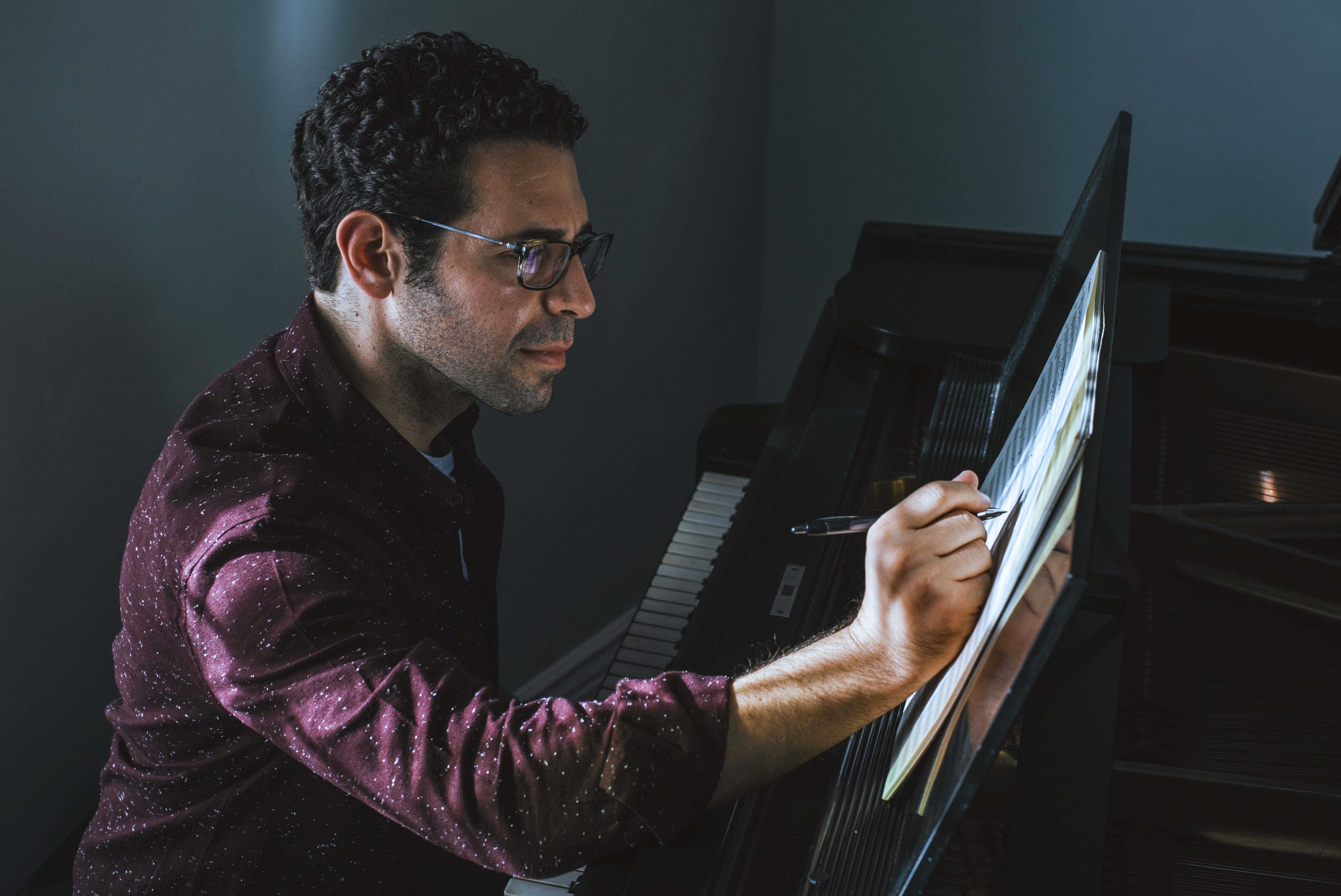
Driven by the endless possibility of sound, composer Ronen Landa creates music that is stirring, inventive, and bold. The press has hailed his work as “an astounding auditory journey” (Cinema Without Borders) and a “multi-layered feast for the ears” (Review Graveyard).
Arriving in New York City as an aspiring rock guitarist at age 17, Landa was soon enthralled by the classical, experimental and world music traditions he encountered. Initially writing songs and chamber works, his music now accompanies dozens of film, television, art, and new media projects.
Landa is a Sundance Institute Composer Fellow and Vilcek Foundation New American Filmmaker. In 2018 he received the Jerry Goldsmith Award for Best Song alongside co-writer/performer Anna Bulbrook for “Whiteout,” from Cambria Matlow’s documentary WOODSRIDER.
Currently, Landa resides in Los Angeles. In addition to his work, he serves as Associates Board Chair for Education Through Music – Los Angeles, a nonprofit organization that ensures children attending inner-city schools can receive a high quality music education.
– from Landa’s website http://ronenlanda.com/
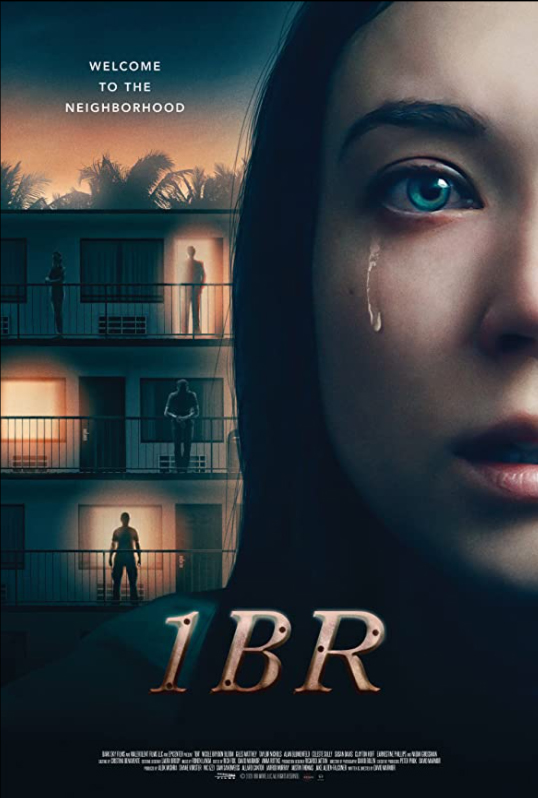
Q: Briefly, what brought you into film music and how did you get your start composing for films, and how did your early experiences, scoring shorts and independent projects, prepare you for scoring feature length films?
Ronen Landa: As an undergraduate I found myself torn between the desire to play in bands and a budding interest in more academic and esoteric music. This was the late 90’s in New York City and John Zorn dominated the downtown avant-garde scene—he had just rereleased his album The Big Gundown and that naturally led me to investigate Ennio Morricone. All of a sudden the possibility of this career path crystalized and I realized that choosing between my passions was a false choice because as a film composer I could work on both challenging and emotionally resonant music. Morricone, of course, would become a great hero to me and I’m still mourning the recent loss of such a towering musical influence.
The most important, and hidden, muscle that those early projects helped me develop was a collaborative approach to music and storytelling. Musical training is geared towards building the skills you need to make music, but not necessarily the ones you need to work with other people (in fact maybe even the opposite). Over time I think working well with filmmakers—bringing an artistic vision to the table but also being able to translate their ideas—has become one of my real strong suits.
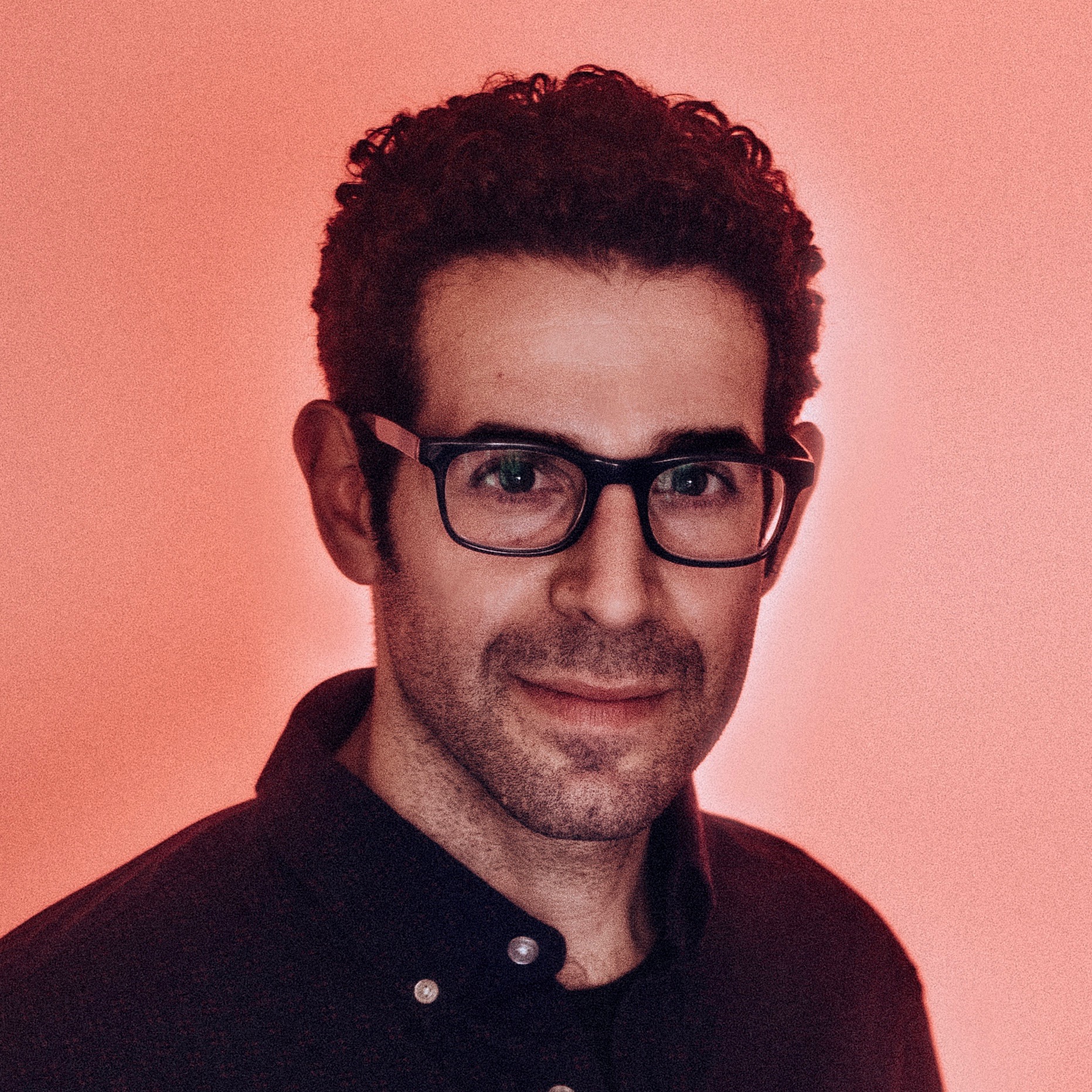
Q: Have the musical needs of thrillers and horror movies changed over the 18 years you’ve been scoring films? What are the essential needs for music when you first sit down to create music for a project that’s a horror movie?
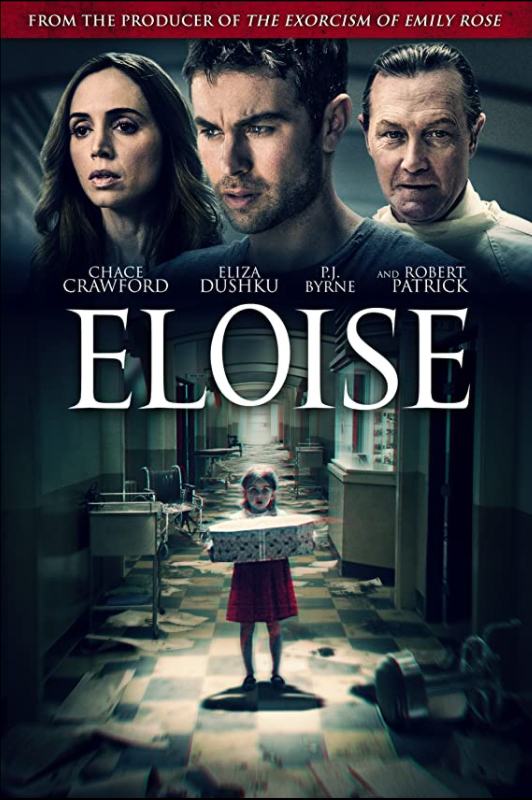
Ronen Landa: This is a very interesting question. I take a genre-agnostic approach and always try to score the film in front of me in a way that serves the story and the director’s larger idea. In a fundamental way the needs haven’t changed at all: I always ask ‘what is the emotional center of this story and how do we communicate that to the audience?’ A given film may speak to a certain instrumental idea, and musical trends come and go, but in a way those are just window-dressing. My scores are about speaking an emotional language that ties the audience to the characters and story empathetically. With horror films, if I don’t succeed at that fundamental task, the thrills and suspense will ring false.
Q: Your first feature-length horror genre score was for Nicholas McCarthy’s THE PACT, based on the same director’s short film of the previous year. The score was an interesting pix of acoustic instruments and some electronics. How did you use this palette to give the scary movie the kind of music it needed to keep the audience tense and uneasy?
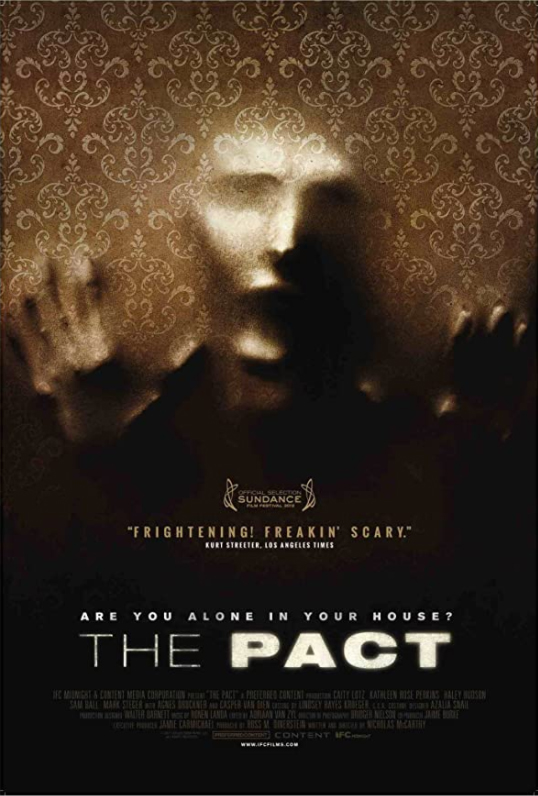
Ronen Landa: My conceit with THE PACT, a suburban haunted house story of sorts, was to record sounds made with everyday objects in my own home; I banged on my washing machine and blew air over wine bottles and dragged chopsticks over radiator grates, etc. The score was peppered with those effects, electronic textures and then of course a very intimate group of instruments (piano, violin, French horn especially) giving the score it’s very personal, emotional touch. I think the tension was ramped up by toggling back and forth between these familiar and unfamiliar sonic landscapes.
Q: You went on to score a number of further horror films, which we’ll discuss momentarily. But in general, what do you feel modern horror films need in terms of a musical approach that will support fright, shock, and scares; or at least what the current vogue in scare scores is?
Ronen Landa: The vogue is always shifting. When I started out, the notion of doing a Carpenter-esque synth score was pretty much passé, and of course now that’s come roaring back. I’ve explored lots of different approaches and they can all be functional as long as story and character are front and center. It is definitely true that certain musical sounds have become cliche. Unless we’re in horror-comedy territory it’s good to avoid overplayed sounds and gestures, and that forces me to constantly innovate. Outside of that, anything goes, which makes the genre so fun to work with.
Q: You rejoined McCarthy with AT THE DEVIL’S DOOR, which has some really creepy electronic and processed sounds along with some poignant acoustic piano and other instruments. What was unique about scoring this film and how would you describe your musical approach here?
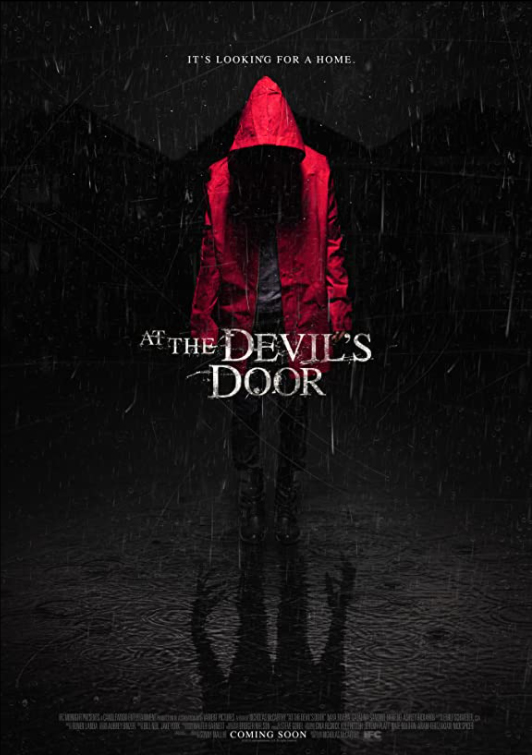
Ronen Landa: That score is very special to me—it’s a unique film with a nontraditional structure and some very dark and strange ideas. The story follows a satanic force terrorizing different women in different time periods, and I wanted to convey an ancient and eternal quality in the music. I subtly hinted at folk sounds from the silk road throughout, and threaded Latin, Biblical Hebrew, and Macedonian singing or whispering into the score as well. There is a motive of a bell and a breathy pulsating texture that evoke the animal imagery often associated with the devil. All of these textural elements helped define a non-traditional soundscape, and the piano, vibraphone, etc. glued the whole score together melodically.
Q: In a horror movie, what is your starting point, as far as building a scary score? What key elements draws you to composing a certain kind of music that will have a certain emotional effect when the film is put together?
Ronen Landa: There are so many directors with different visual concepts—more naturalistic, more stylized, etc.—and so I usually will suggest an approach informed by the aesthetic and the story itself. We talk about it and start writing in a style that we think is going to unlock the film’s emotional core. Hopefully we were right, but if not we course-correct. There are certain times when it makes sense to score counter to the picture in front of you for an ironic effect or to set up a misdirect, but mostly I want to help create an immersive experience that pulls the audience into the film’s particular world.
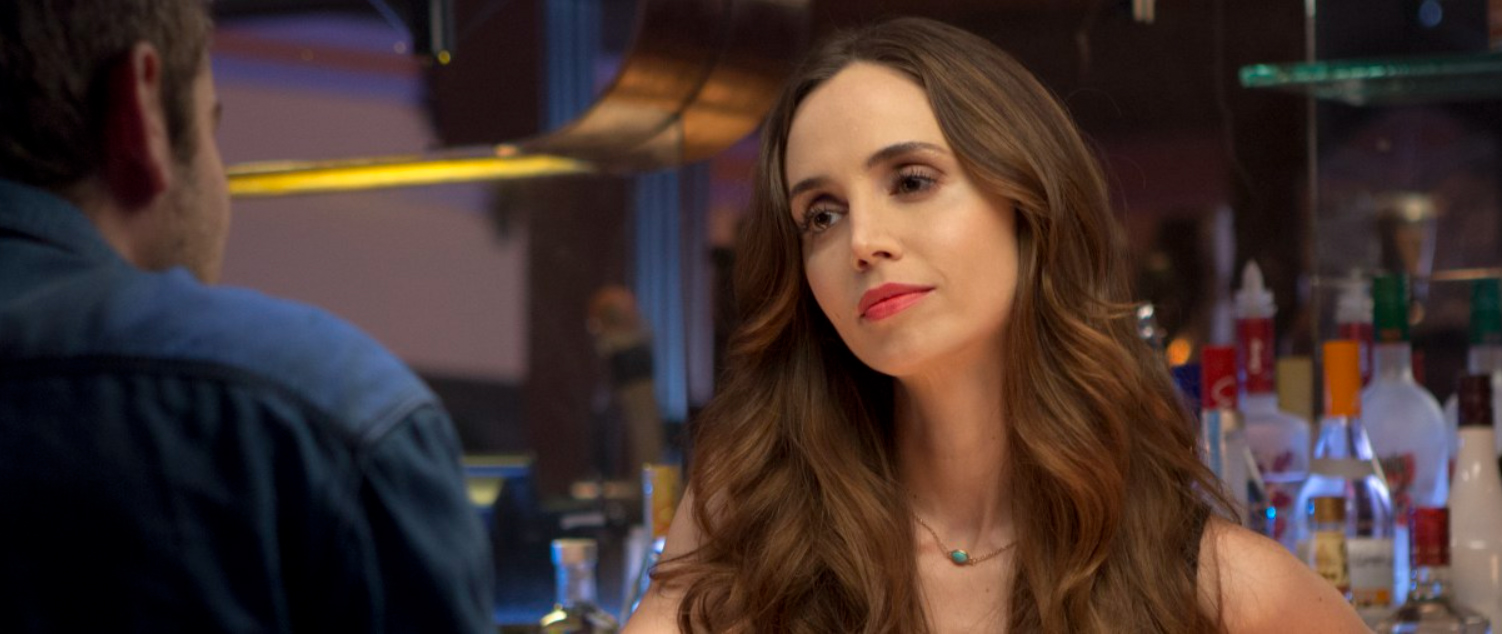
Q: The psychological thriller ELOISE gave viewers a pretty palpable sense of claustrophobia in its kids-exploring-an-abandoned-insane-asylum storyline, with an effective mix of orchestral-like sounds in its “Overture,” the haunting clusters of eerily manipulated sounds on “Watery Grave,” and the delicate and sympathetic “Eloise Theme?” – and then of course there’s the big band swing of “Ronen Landa and the Screamin’ Fifteen” at the end for a complete mood change?
Ronen Landa: The time-skipping element of ELOISE set up a unique challenge. We were constantly referencing a bygone American epoch and aesthetic but it had to read like a modern film— so the score is a work of constant transition and tension between these two worlds. The orchestral elements were critical to making that work; that sound is so timeless and it can easily move from one musical aesthetic to the next. One of my personal favorite cues is called “Blending In”—a very old school noir style piece with subtle electronic textures throughout that give it a modern sheen.
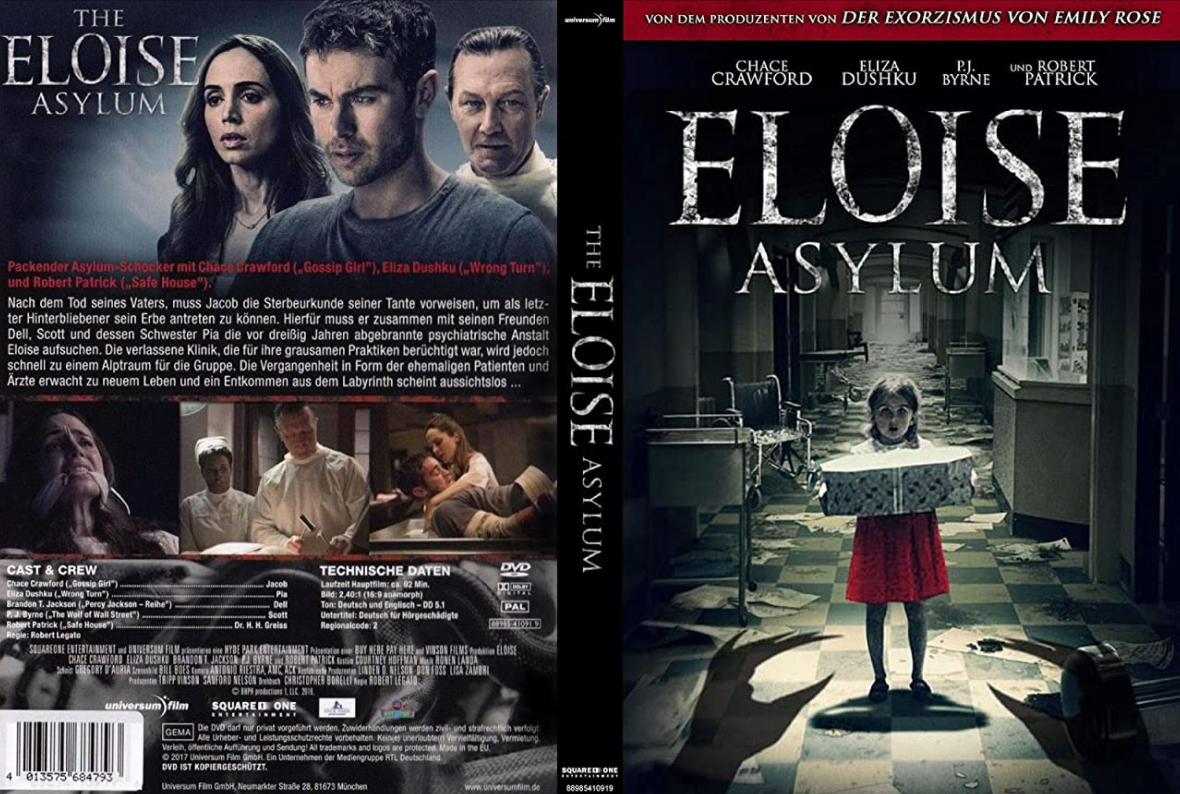
The swing piece, “You Belong Here,” was written for a dance sequence (well, an insane asylum dance sequence I suppose) and I worked with the legendary jazz arranger/orchestrator Andy Farber to make sure the piece would be in line with a historical arrangement from the 40’s. Andy is the kind of guy who’ll call you “cat” un-ironically, so you know he’s up to the task! That recording session was one of the most joyous sessions of my life—I love big bands, and the musicians were on fire that day.
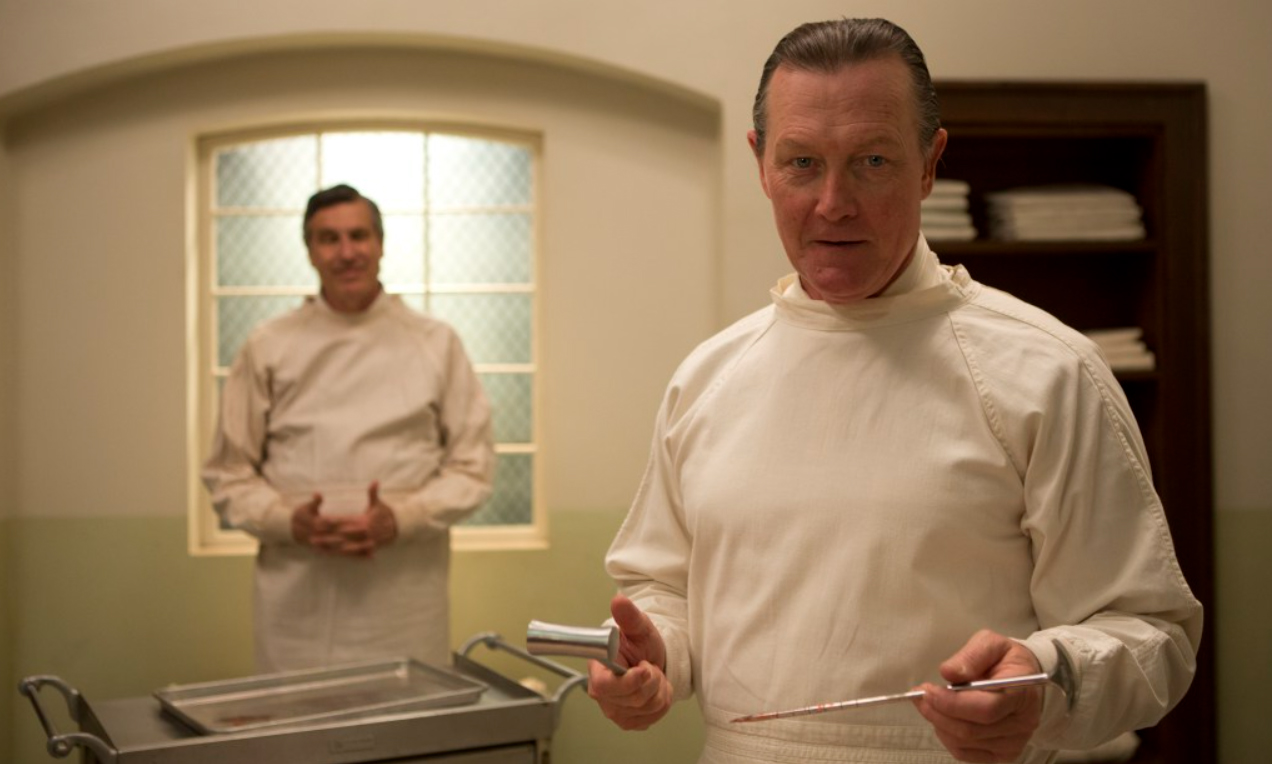
Q: Without giving any of your tricks away, how do you come up with some of the shrill, scary tonalities and unique musical sound designs that we hear in these scores? What’s your style of musically keeping an audience scared?
Ronen Landa: Luckily I can’t really give my tricks away because the truth is I have to be there in the moment to do it. It’s never paint-by-numbers because I want each film to have its own unique character. Very often before I start a horror score I will record some elements with soloists or ensembles that I think might be useful to the overall landscape. Sometimes those make their way in, but the majority stay on the cutting room floor. Or they are (thoughtfully) mangled through digital effects to create a totally different sound. So often horror requires extremes of volume or of register—I’ll look at a scene and intuit the sound I need and then find a way to execute it. Am I feeling the breath of a wind instrument? the sizzle of metallic percussion? the friction of a bowed string? And then what’s the next layer? It’s like a big puzzle in that way. Often I overwrite it and then pare it back.
Q: YINZ was less of a horror film than a tense thriller about three high school friends victimized by a prank (“Right This Way,” for example, is a marvelously tension-building cue). With the opportunity to compose an orchestral score here, how did you navigate the film’s delicate dance of comedy, drama, and suspense?
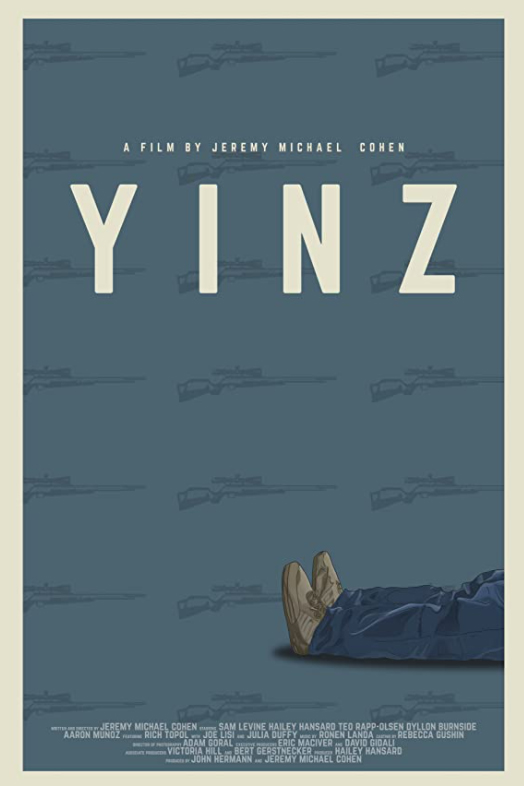
Ronen Landa: I am so grateful for that film and the opportunity to work on a traditional orchestral score. It was such a delight and I hope more people will get to see it. I’m not sure many people expect it to be as (darkly) funny as it is, but I must’ve watched every scene hundreds of times and I swear I laughed harder every time. Such brilliant direction by Jeremy Michael Cohen. The orchestra, as classic as it is, is just so nimble. I could orchestrate a theme for different emotional contexts—so in one scene it might read as earnest drama, or just slightly off beat, whereas in another it might become the climax of an action sequence.
“Right This Way” takes a motivic element from an earlier pulse-quickening scene and slows it way down. The effect is to create a sense of great anticipation, but the extreme lows of the contrabassoon are just a small hint of cheekiness—I can’t help but smile a little when I hear it.
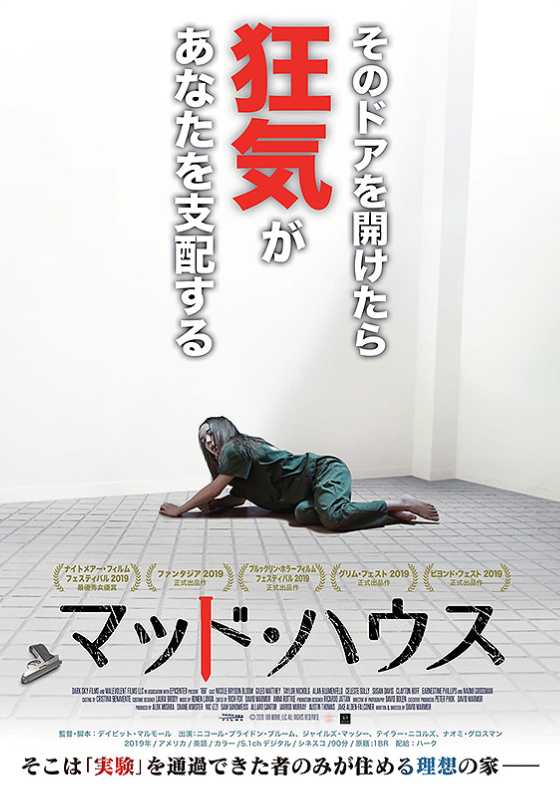
Q: Your most recent horror score was for 1BR, and may be your most potently scary score to date. The movie starts out kind of like a haunted apartment house story until it shifts gears into something even more dangerous. Your theme for the heroine is a pretty piano piece in which you bring in an incursion of some distressful counterpoint, along with some quite jarring instrumental textures and frightening musical designs that grow from the start and stay apprehensive through to the end of the film.
Ronen Landa: This film has a laser-like focus on a single character’s perspective, and I felt that the score should really function as an extension of her mind and psychological reaction to everything she experiences—or maybe I should say endures. She arrives in a new city after leaving a difficult life behind her, and I wanted the opening theme to reflect her innocence but also allude to her melancholy. I sat down at the piano and composed that theme away from the picture, because I wanted to distill her emotional state—later I arranged the theme to match the edit and added those coloristic touches so that we understand that this world is not quite “right”. As the score progresses we develop an instrumental landscape full of warm and recognizable sounds, like a female voice, deep woodwind tones, a pump organ—but they’ve all undergone some shapeshifting and now feel almost as if they are straight out of the uncanny valley. Like Sarah’s apartment complex, the sounds feel familiar, but something beneath the surface is so terribly wrong.
Q: How does a psychological thriller differ, from a scoring standpoint, from an out-and-out supernatural horror film? Is there a difference approach in how you approach them, musically?
Ronen Landa: That’s a fascinating take because I don’t know that I differentiate. I see all of these films through the psychological lens—fear is an emotional and physiological response, maybe sometimes it creeps in slowly and sometimes suddenly but my goal is to communicate the character’s experience so that we feel that empathetic response. So my guideposts are the character’s mental state, their arc, the information we need to highlight to the audience, the pacing of the edit and tone of the images. I’m sure that I do make some specific choices about instruments, melodies and textures based on these different settings, but they are discovered in the process—I always have a clear mental image of what sound the picture is “asking” me for and I just go there!
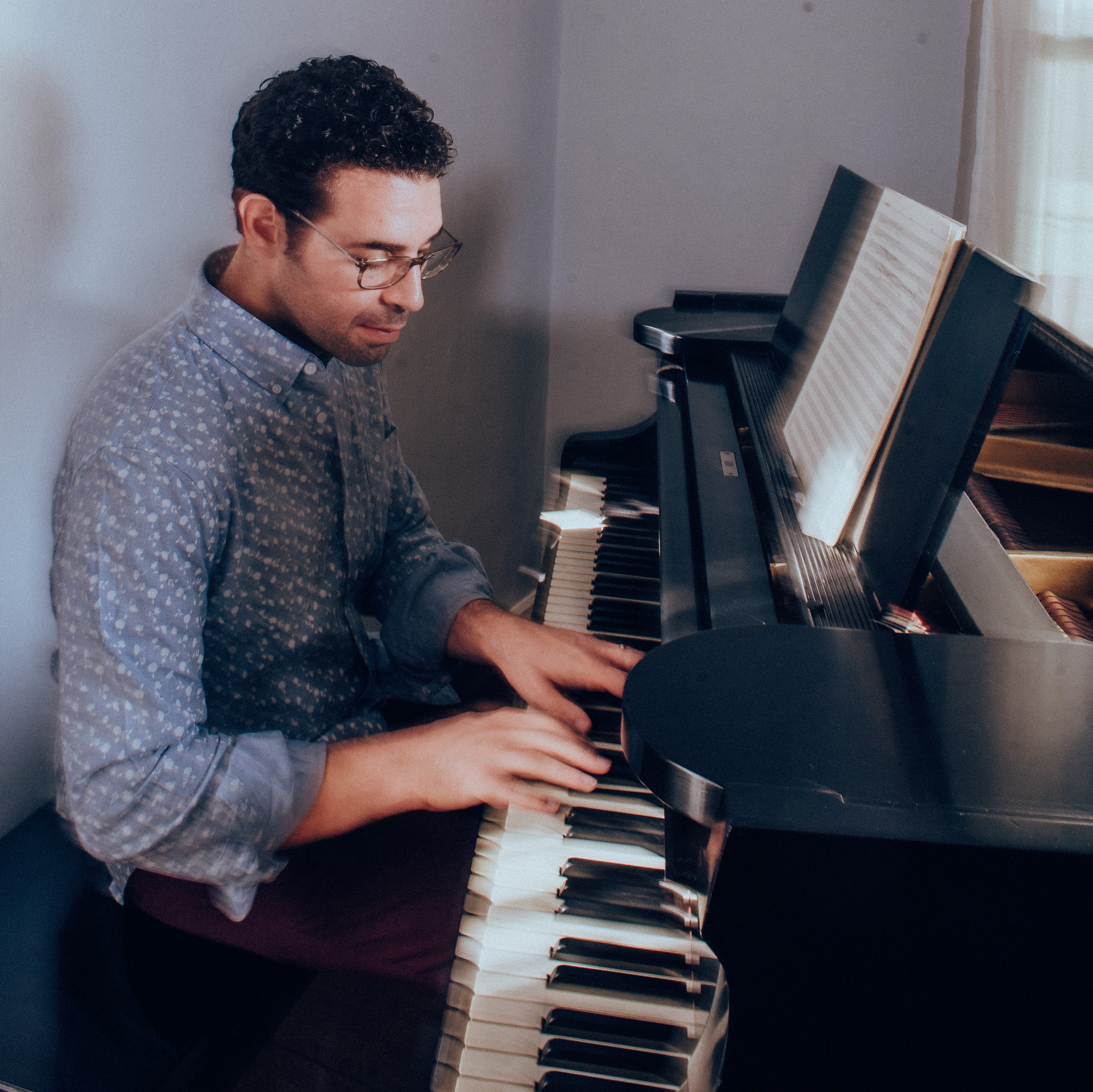
Q: Finally: what’s been most challenging for you in scoring these horror films – and, then, what have you found especially rewarding or moments that you felt worked out really well?
Ronen Landa: Scoring any feature has a marathon-like quality to it, and that’s often the most challenging element. Over the course of that marathon there are times when the terrain is rocky and times when I feel like I’m running free, but over and over again there are two moments in the process that are most rewarding. The first is hearing my compositions come to life in the hands of brilliant and sensitive musicians at the recording sessions, because after living with the cues for weeks as a mere concept, the music suddenly brims with humanity—that really never gets old. At the 1BR sessions I got pretty weepy when our pianist Karolina Rojahn performed a solo rendition of the main theme—it was just the perfect capstone to a months-long experience and was so touching. The second is seeing the film with an audience (which I so hope will become our reality once again and soon); it is so exhilarating to see them at the edge of their seat and screaming and watching through their fingers. Not because I want them to be uncomfortable (well kind of) but because I know we’ve connected! It’s a tremendously satisfying moment, and usually that’s when the filmmakers can finally relax a little and celebrate together too.
Special thanks to Ronen Landa for taking time out to answer my questions. For more information on the composer, see his website http://ronenlanda.com/




